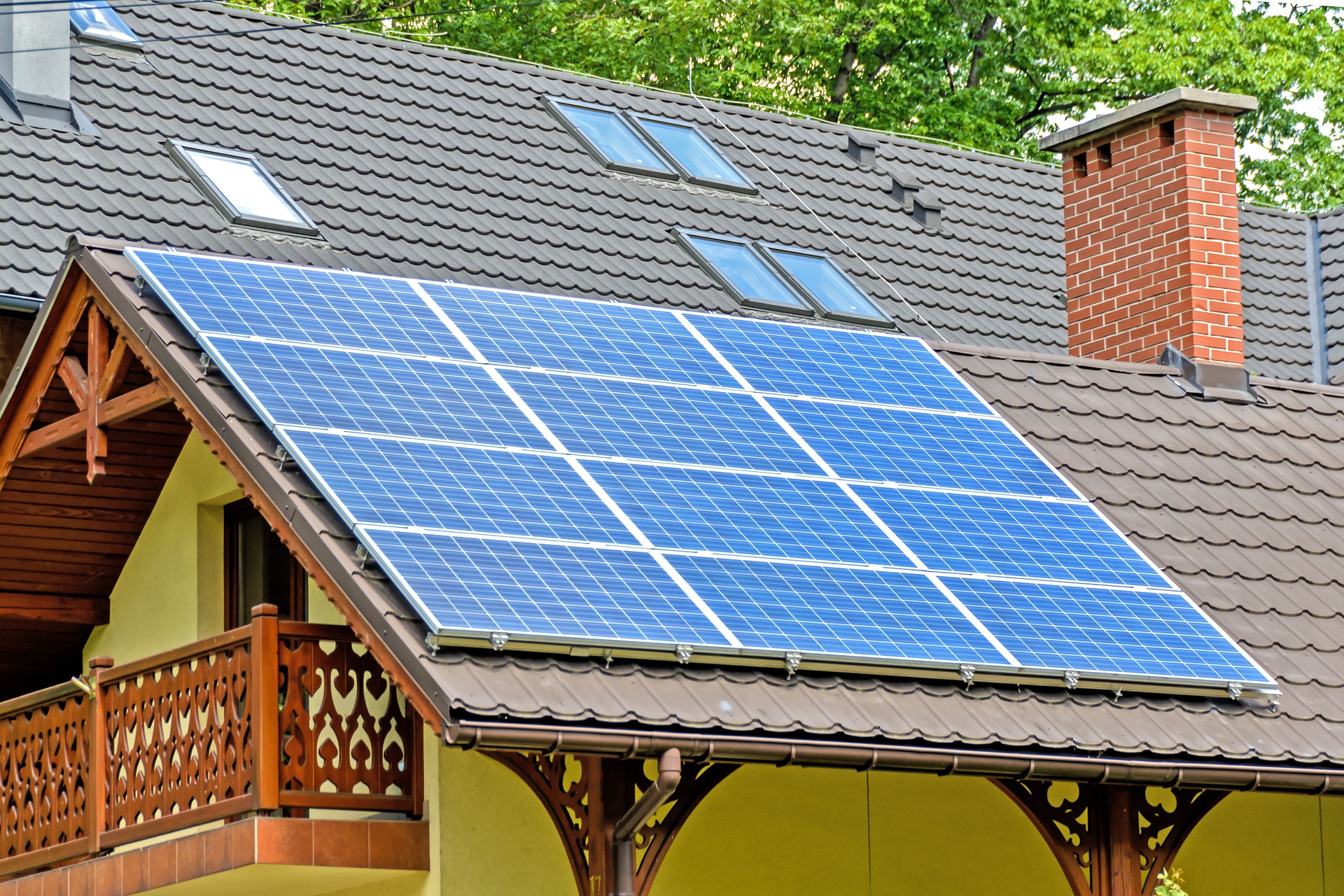Solar energy has become a popular choice for homeowners looking to reduce their energy bills and their carbon footprint. However, there are still some misconceptions about home solar energy that prevent many people from taking advantage of this clean and renewable energy source. In this article, we will dispel three of the most common myths about home solar energy and provide the facts to help you make an informed decision about whether solar energy is right for you.
Myth #1: Solar panels are too expensive
One of the most common misconceptions about home solar energy is that solar panels are too expensive to install. While it is true that the initial cost of installing solar panels can be substantial, the long-term savings on your energy bills more than make up for it. In addition, the cost of solar panels has been steadily decreasing over the years, making them more affordable for homeowners.
A typical home solar panel system can cost anywhere from $10,000 to $30,000, depending on the size of the system and the cost of labor in your area. However, this initial investment can be offset by the savings on your energy bills. According to the U.S. Department of Energy, a typical home solar panel system can reduce your energy bill by 50-90%. Over time, the savings on your energy bill will more than pay for the cost of the system.
In addition to the savings on your energy bill, there are also federal and state incentives available for homeowners who install solar panels. These incentives can include tax credits, rebates, and grants, which can significantly reduce the cost of the system.
Myth #2: Solar panels are not efficient in cloudy or rainy weather
Another common misconception about home solar energy is that solar panels are not efficient in cloudy or rainy weather. While it is true that solar panels generate less electricity in cloudy or rainy weather, they are still able to generate electricity under these conditions. In fact, modern solar panels are designed to be more efficient in low light conditions and can still generate electricity even on cloudy days.
Solar panels generate electricity through a process called photovoltaic (PV) conversion, which converts sunlight into electricity. While the efficiency of the panels is reduced in cloudy or rainy weather, they are still able to generate some electricity. In addition, most homes are connected to the electrical grid, which provides a backup source of energy during cloudy or rainy weather.
Myth #3: Solar panels are not durable and require constant maintenance
Finally, some homeowners believe that solar panels are not durable and require constant maintenance. This is simply not true. Solar panels are built to last and have a long lifespan. They have no moving parts, so they require very little maintenance. In fact, once the system is installed, it is designed to require minimal maintenance for 25-30 years or more.
Solar panels are designed to withstand harsh weather conditions, including rain, snow, and high winds. They are made from durable materials that are resistant to corrosion and weathering. In addition, most solar panel systems come with a warranty that covers any defects or malfunctions, providing peace of mind for homeowners.
Conclusion
Home solar energy is a clean and renewable energy source that can help reduce your energy bills and your carbon footprint. Despite some common misconceptions about home solar energy, the facts show that it is a cost-effective, efficient, and durable energy source that can provide long-term benefits for homeowners.
If you are considering installing a home solar energy system, it is important to do your research and consider the facts. Solar energy may not be the right choice for everyone, but for those who are looking to reduce their energy bills and their impact on the environment, it is
